Table of Contents
- American Pitbull Terrier Overview
- Origin & History
- Appearance & Breed Standard
- Temperament & Personality
- American Pitbull Terrier Puppies: Training & Socialization
- Care & Living Requirements
- Health & Preventive Care
- Training, Exercise & Daily Life
- Nutrition & Weight
- Frequently Asked Questions
- Conclusion
- American Pitbull Terrier Breed Profile
American Pitbull Terrier Overview
The American Pitbull Terrier is one of the most discussed dog breeds worldwide. On one hand, it is known for strength, courage, and determination. On the other, owners highlight its sensitivity, high intelligence, and deep human attachment. With proper training, the Pitbull can be a loyal family companion – but it requires experience, consistency, and firm guidance.

Origin & History
The breed’s roots go back to 19th-century England, where Bulldogs were crossed with Terriers to create powerful, agile dogs for fighting. When brought to the United States by immigrants, the Pitbull quickly spread and became valued as a farm dog, hunting companion, and family protector. While the fighting history is rightfully criticized today, Pitbulls still carry traits like bravery, endurance, and resilience. Modern breeding focuses more on family-friendliness and stable temperaments.
Appearance & Breed Standard
The American Pitbull Terrier is a medium-sized, muscular, and well-balanced dog. It appears athletic without being exaggerated.
- Height: Males 18–21 in (45–53 cm), females 17–20 in (43–50 cm)
- Weight: 30–60 lbs (14–27 kg), depending on build and gender
- Head: broad with strong jaws, but a friendly expression
- Coat: short, dense, and shiny
- Colors: all colors and patterns are accepted

Temperament & Personality
The Pitbull is both powerful and sensitive. Loyal to its people, affectionate, and often cuddly, it thrives on close human interaction. At the same time, it has high energy levels that need positive outlets. With strangers, Pitbulls are usually neutral to watchful, but well-socialized dogs show friendly behavior.
Important: This is a strong-willed breed – without clear leadership, a Pitbull may create its own rules. Owners need experience, patience, and a commitment to consistent training.
American Pitbull Terrier Puppies: Training & Socialization
Puppyhood is crucial to shaping a balanced Pitbull. Early socialization, structure, and loving consistency set the foundation for success.
- Socialization: Introduce puppies to dogs, people, sounds, and new environments right away.
- Household rules: Clear routines, designated resting spots, and consistent boundaries.
- Training: Teach basic commands such as sit, down, and reliable recall.
- Impulse control: Practicing patience at the food bowl or waiting calmly at doors builds discipline.
Pitbull puppies are fast learners but also strong-willed – consistency without harshness is key.

Care & Living Requirements
The short coat makes grooming easy: weekly brushing is enough. More important is mental stimulation, exercise, and a structured routine.
- Coat care: brush once a week
- Dental care: check and clean teeth regularly
- Housing: can live in an apartment with enough daily exercise
- Rest: consistent quiet spots help Pitbulls relax
Health & Preventive Care
The Pitbull is generally robust but can be prone to some health concerns:
- Hip and elbow dysplasia (HD/ED)
- Allergies & skin problems
- Heart conditions
- Occasionally: hereditary eye diseases
Reputable breeders provide health testing and focus on sound bloodlines. Regular vet checkups, weight control, and balanced nutrition are essential. Life expectancy averages 12–14 years.
Training, Exercise & Daily Life
The Pitbull is an active, working-type dog. Without challenges, it may become restless. Structured activities, games, and sports are perfect outlets.
- Daily obedience: loose-leash walking, recall, impulse control
- Activities: scent work, fetch, obedience sports, canicross, agility
- Socialization: controlled, positive interactions with other dogs
- Bonding: shared training sessions strengthen the human-dog relationship
- Out & about: walks and exercise require a well-fitted dog collar and a durable dog leash for safety
Nutrition & Weight
Pitbulls are muscular, active dogs that need a protein-rich diet. Portion control is crucial – extra weight stresses joints and the heart. Treats should be included in daily calorie counts.
Frequently Asked Questions
Are Pitbulls dangerous?
No – not inherently. With proper training and socialization, they are loyal and reliable companions.
Can they live with children?
Yes, if well-trained and children respect boundaries. Supervision is essential for all breeds (learn more).
How much exercise do they need?
At least 2 hours of daily activity plus mental stimulation.
Are Pitbulls good for first-time owners?
Not recommended – they require experienced, consistent handlers.
Conclusion
The American Pitbull Terrier is a remarkable breed: strong, loyal, and full of energy. In the right hands, it becomes a loving family dog that bonds deeply with its people. But without proper guidance, time, and experience, this breed can be a challenge. With patience, structure, and love, the Pitbull proves itself as a devoted companion with a big heart.

American Pitbull Terrier Breed Profile
| Origin | England / USA |
| Height | Males: 18–21 in (45–53 cm), Females: 17–20 in (43–50 cm) |
| Weight | 30–60 lbs (14–27 kg) |
| Coat | short, dense, shiny |
| Colors | all colors and patterns allowed |
| Temperament | loyal, intelligent, determined, people-oriented |
| Exercise Needs | high – at least 2 hours daily plus training |
| Care | low – weekly brushing is enough |
| Health | may be prone to hip/elbow dysplasia, allergies, heart issues |
| Good for Beginners? | Partially – only with prior dog experience and structured training |
| Life Expectancy | 12–14 years |


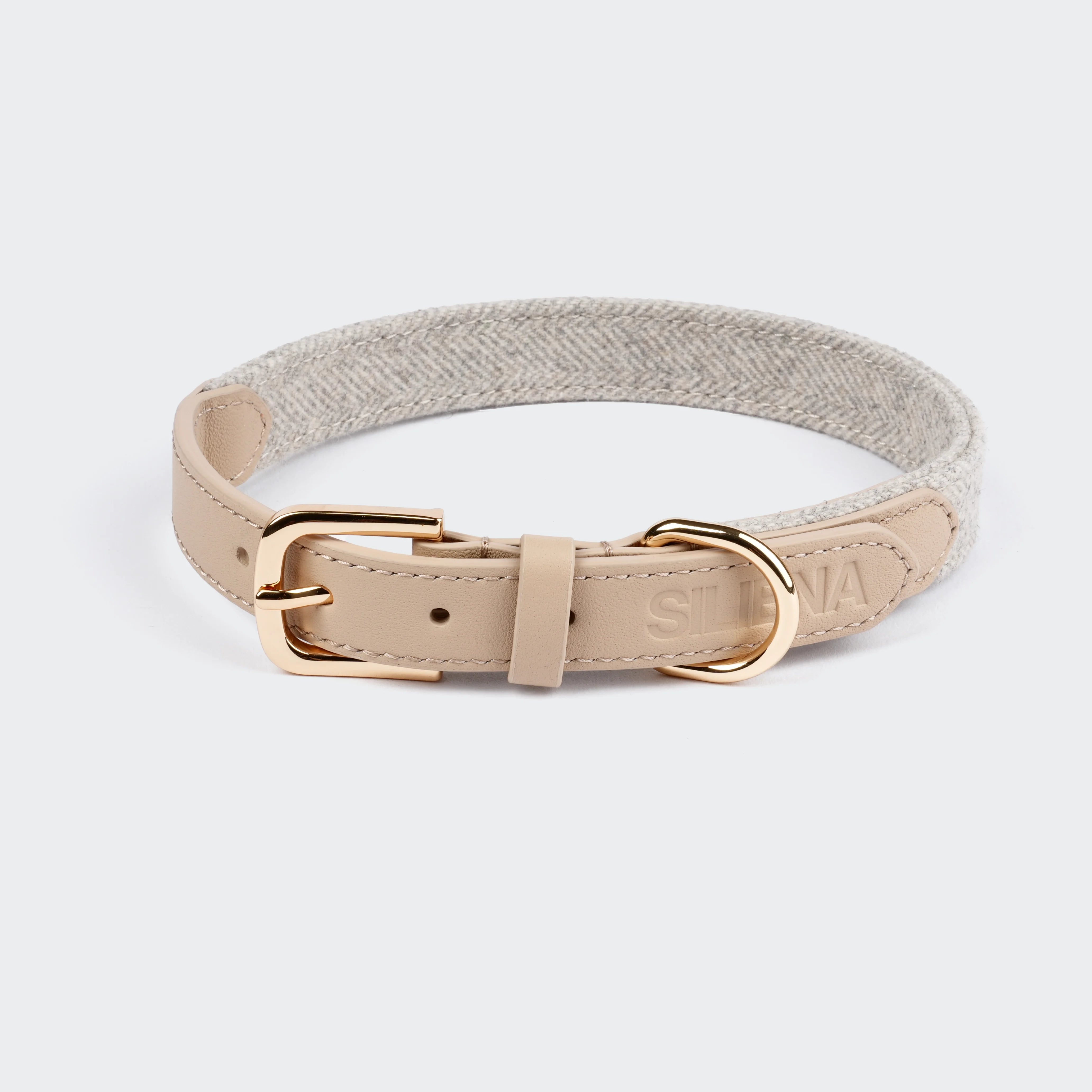
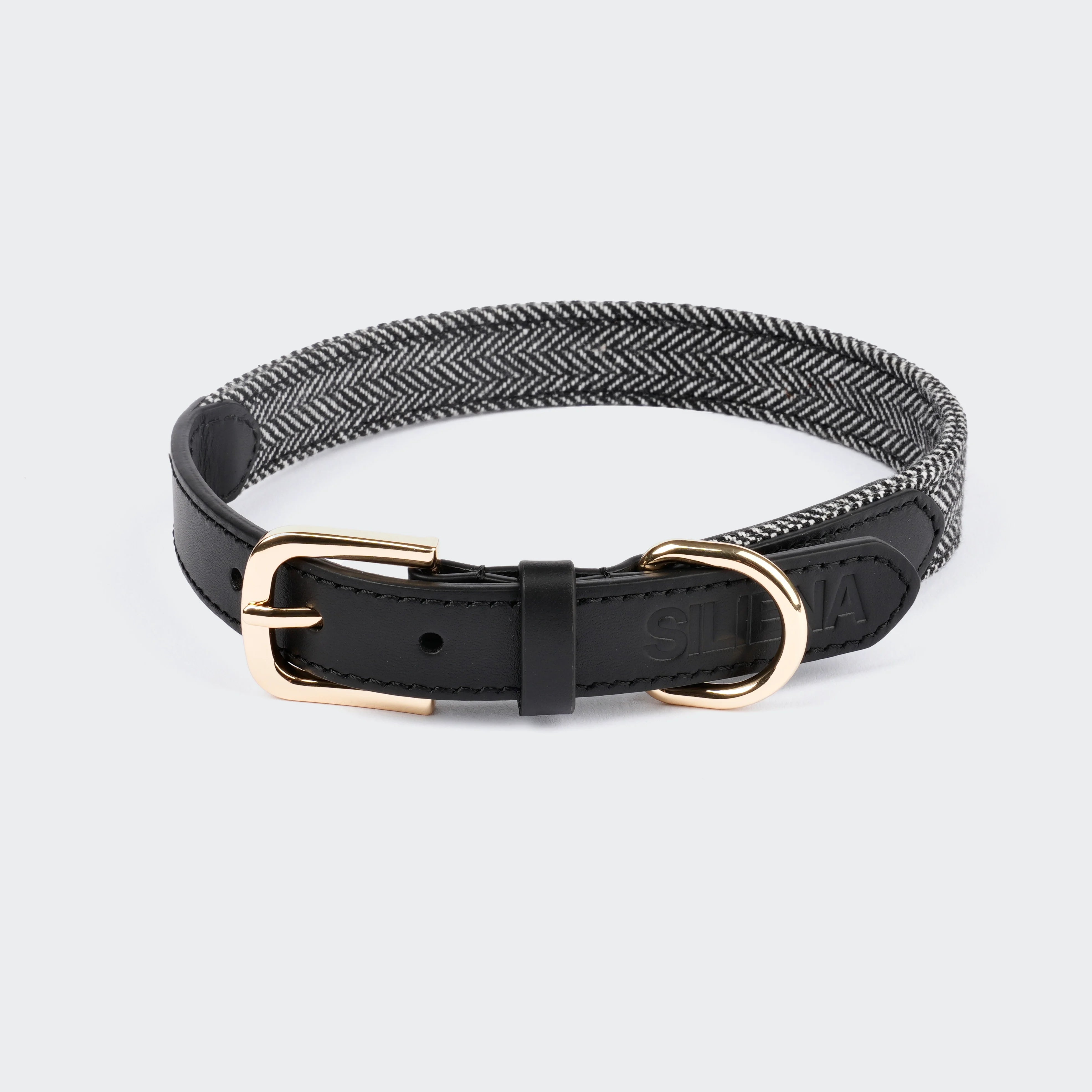
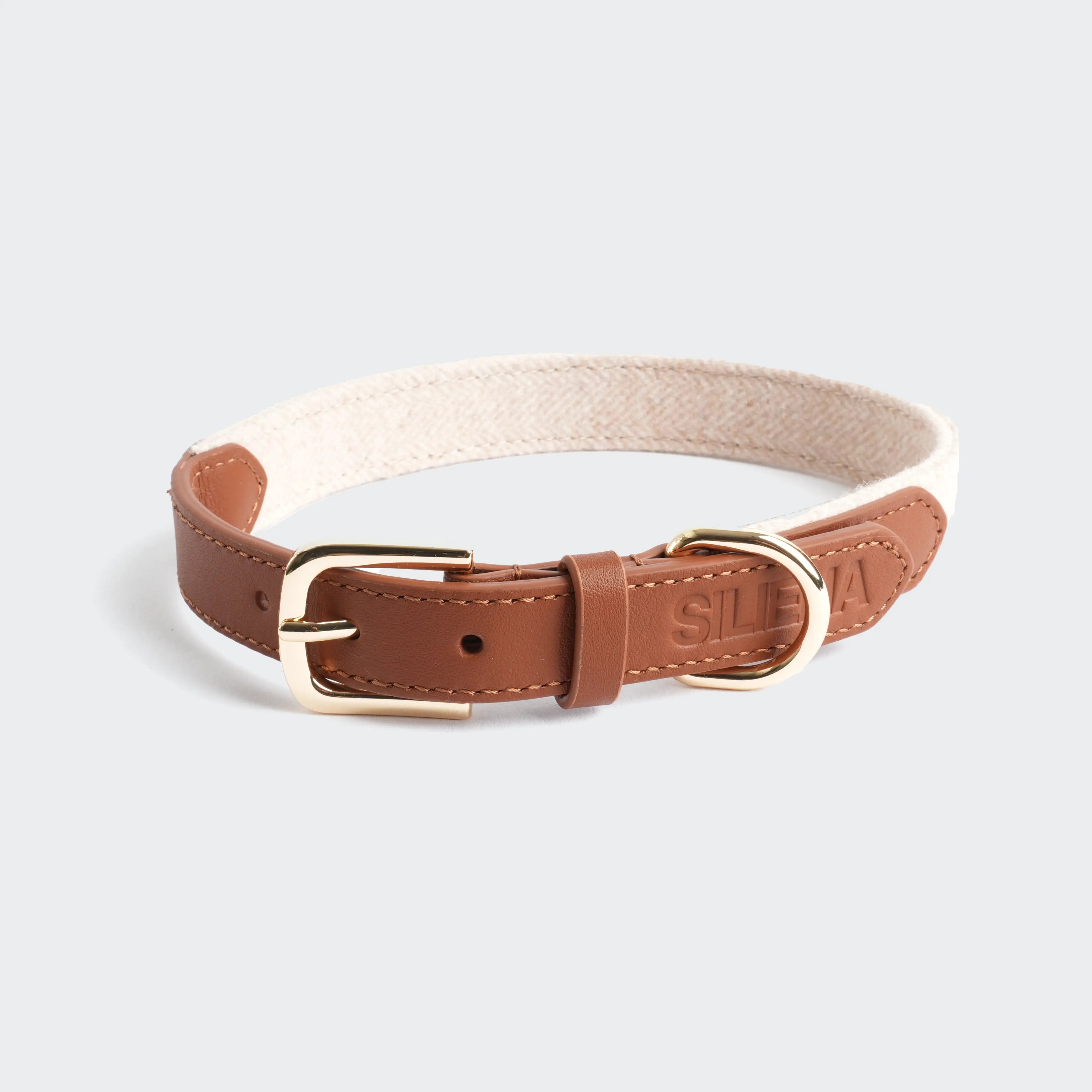
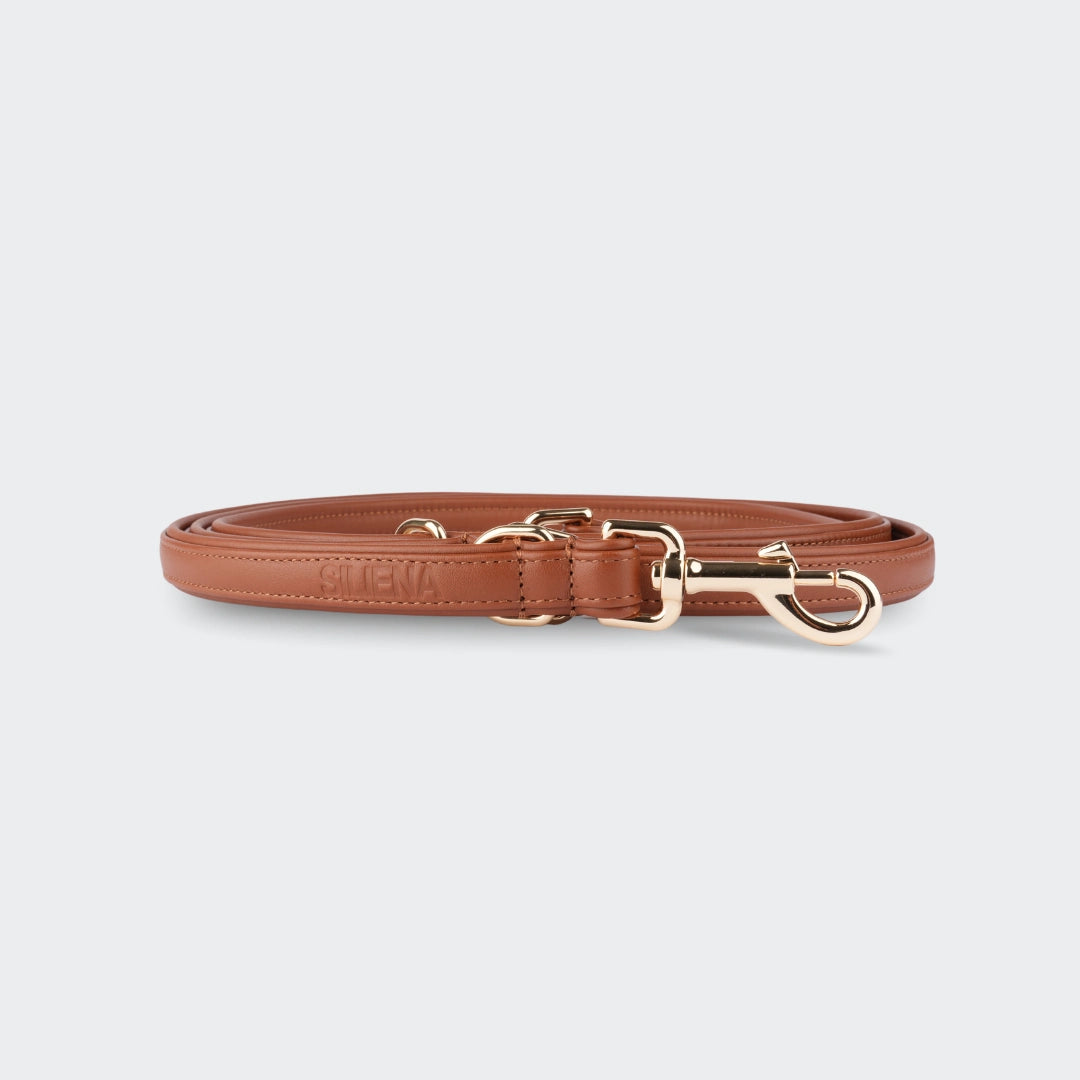
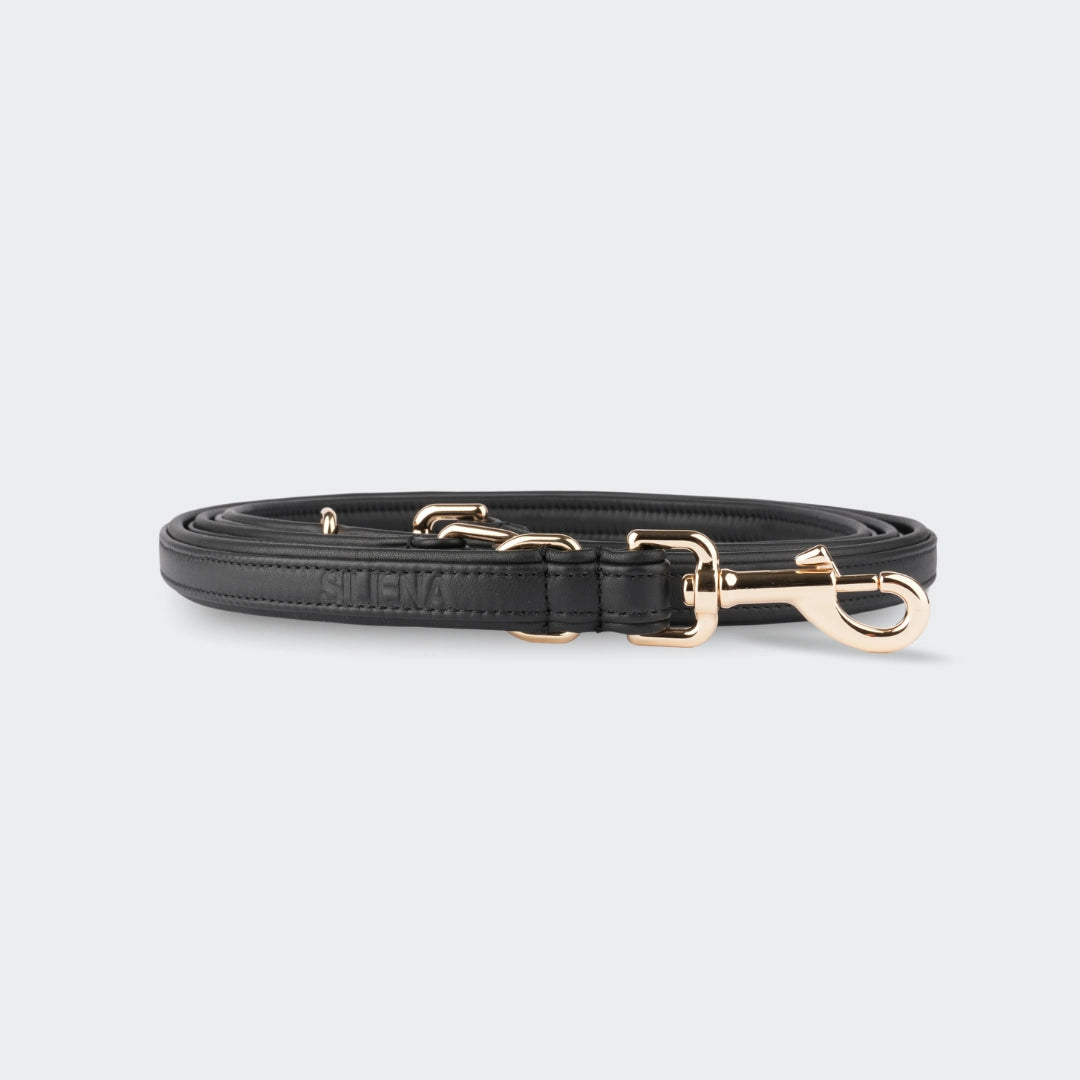
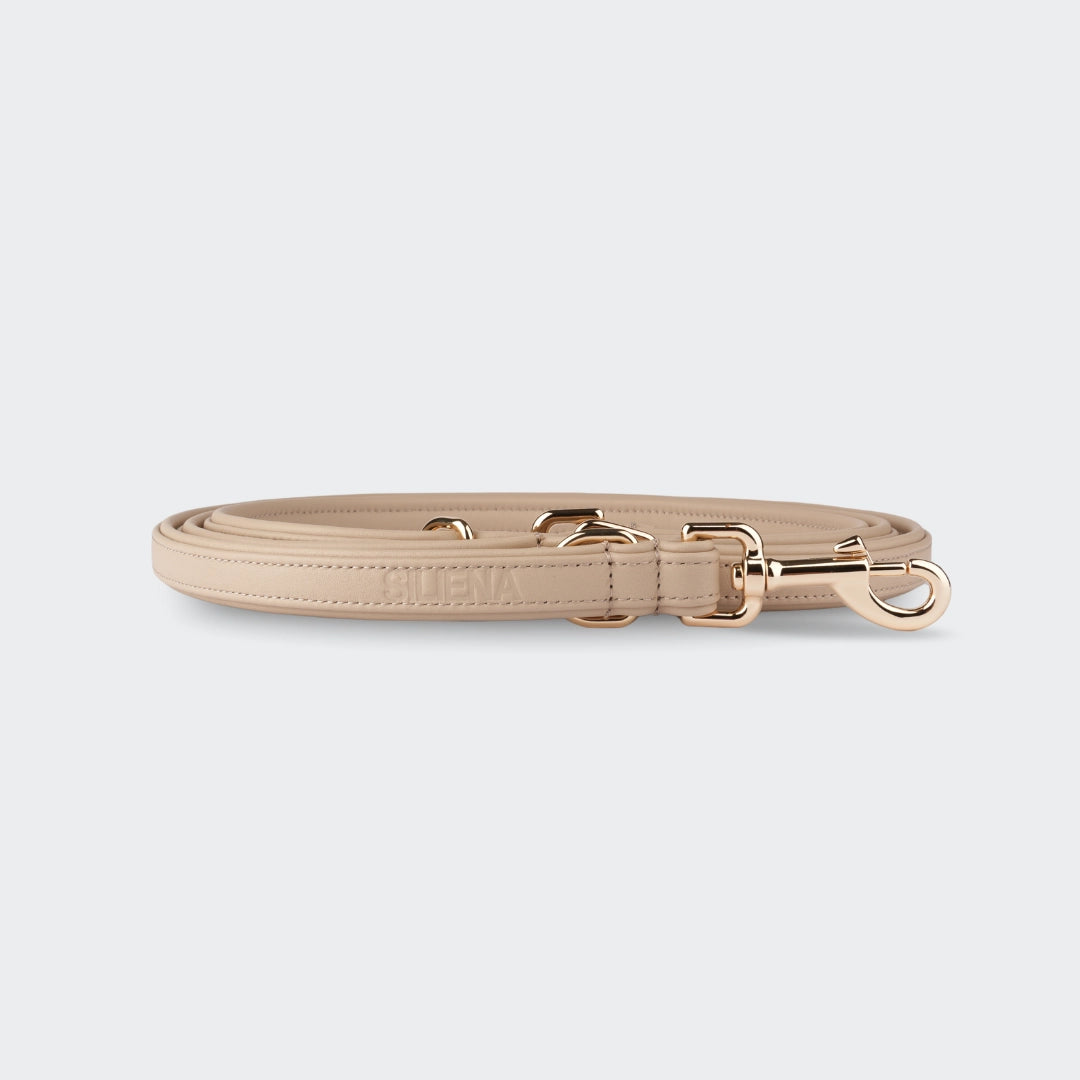
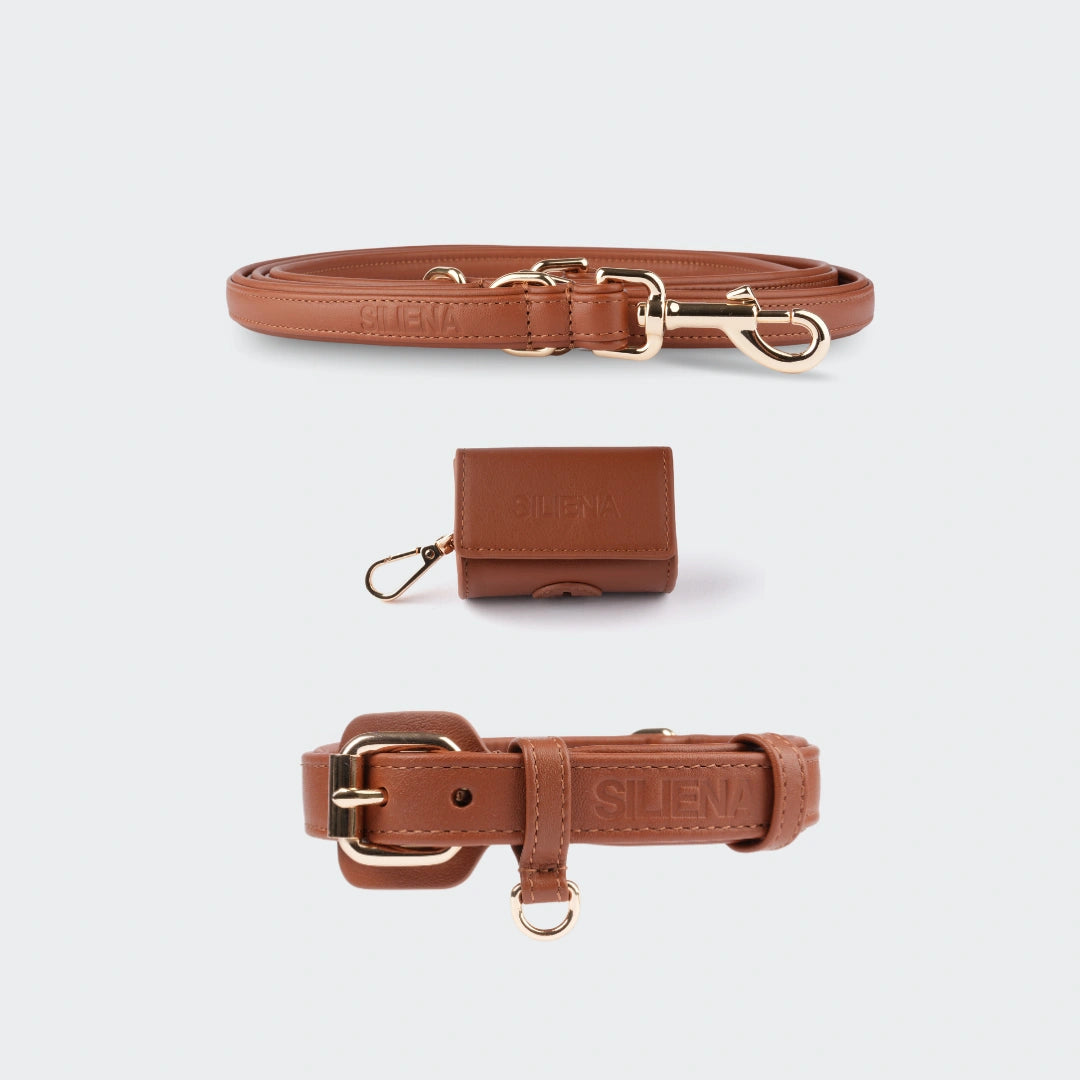
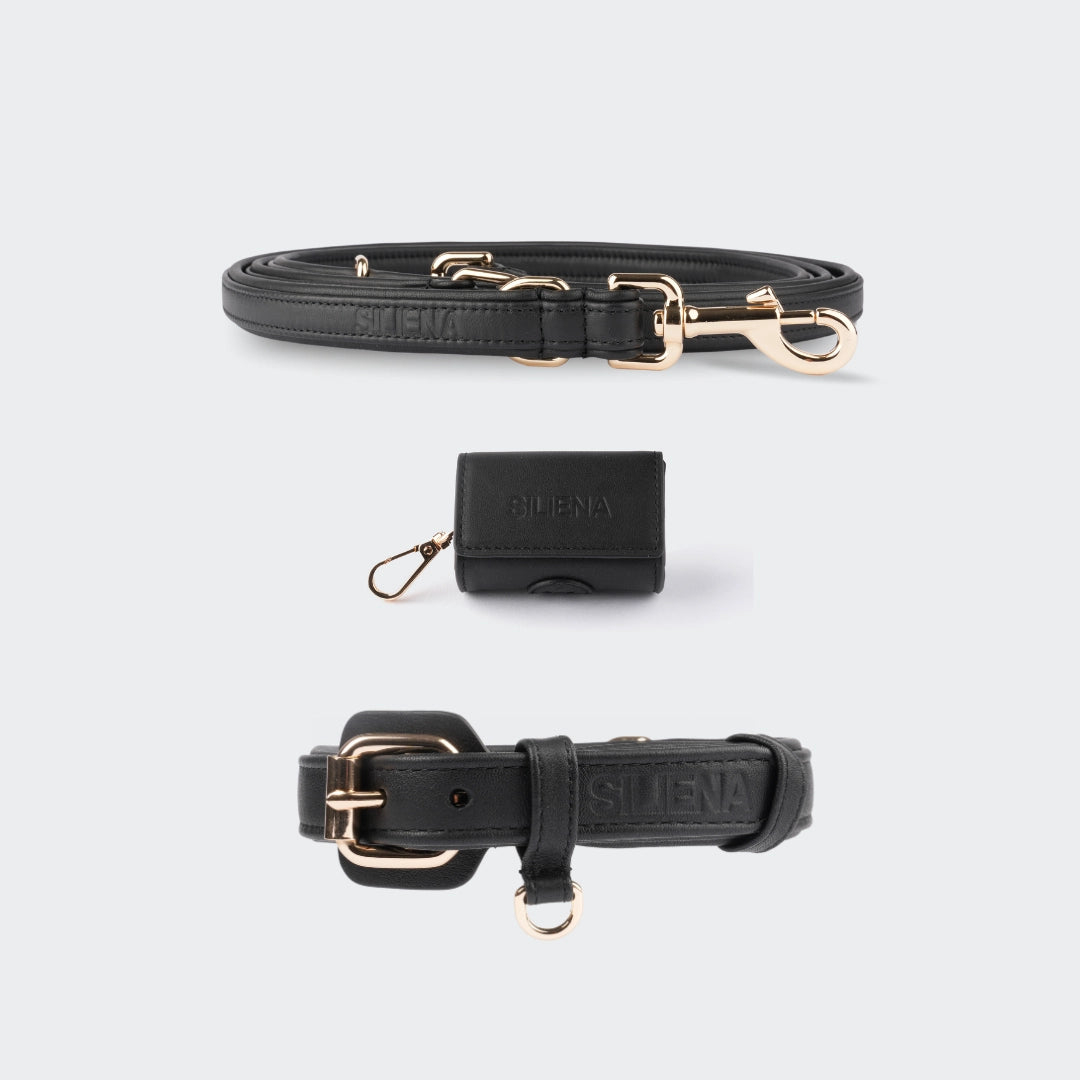
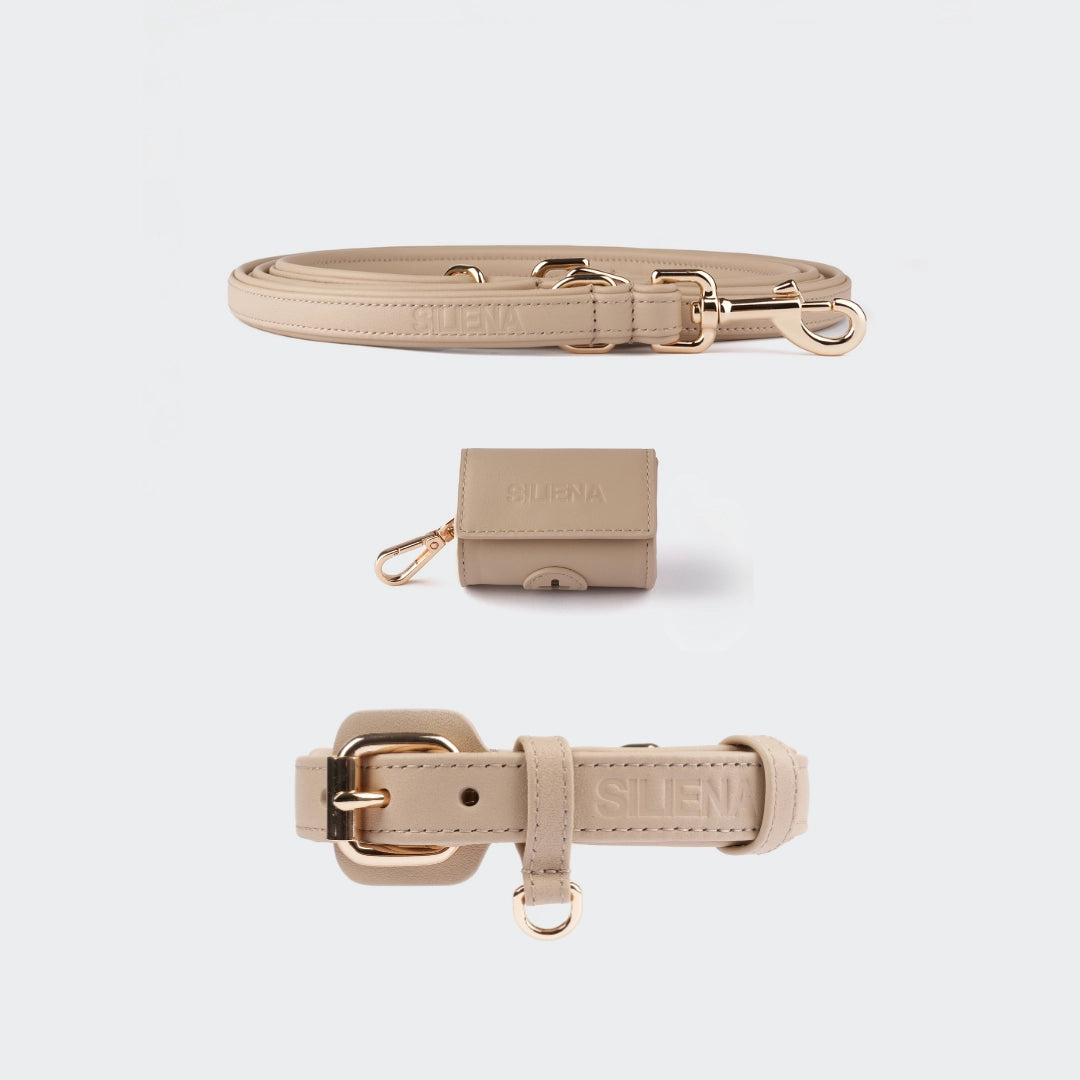
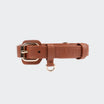


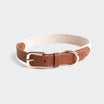



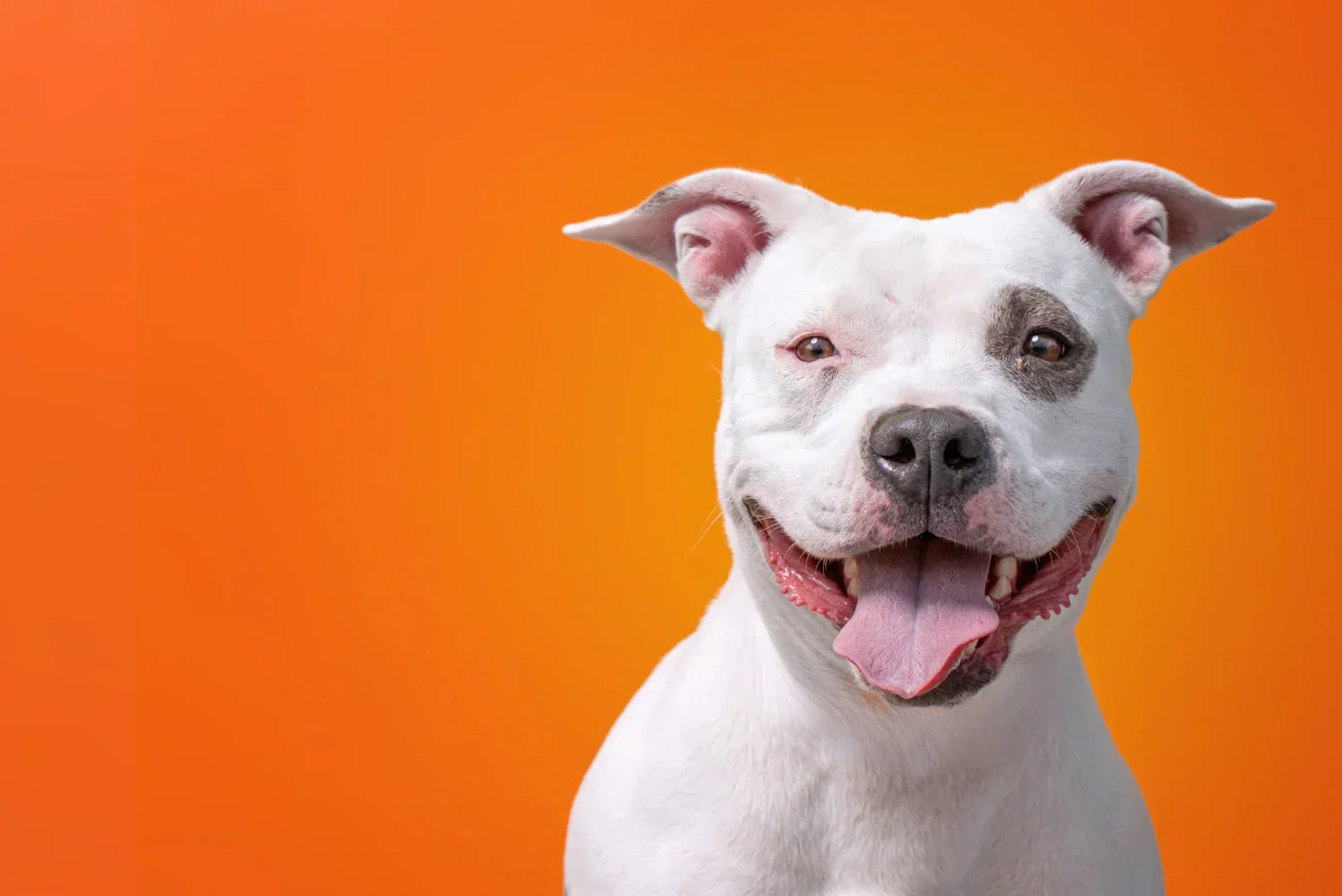
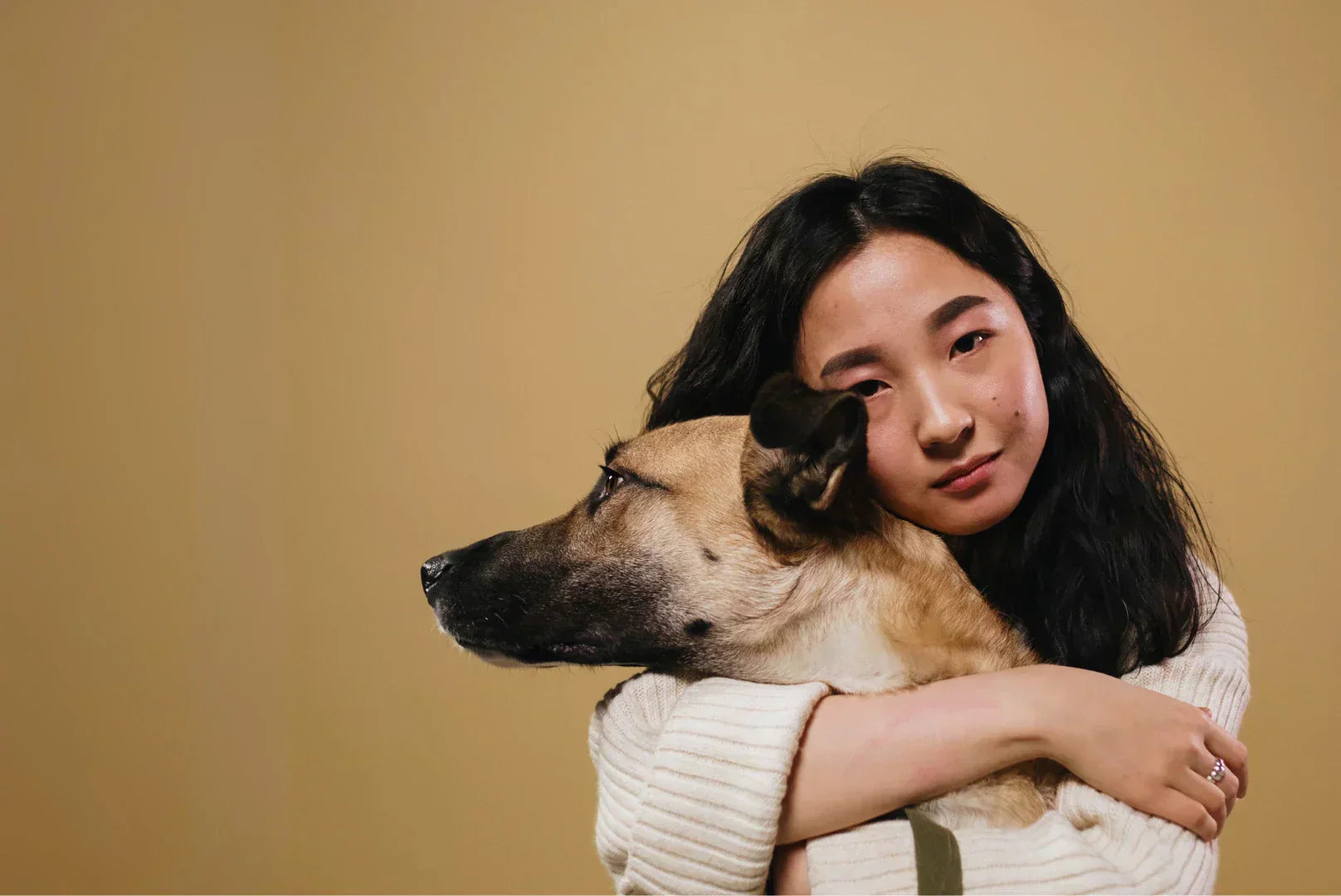
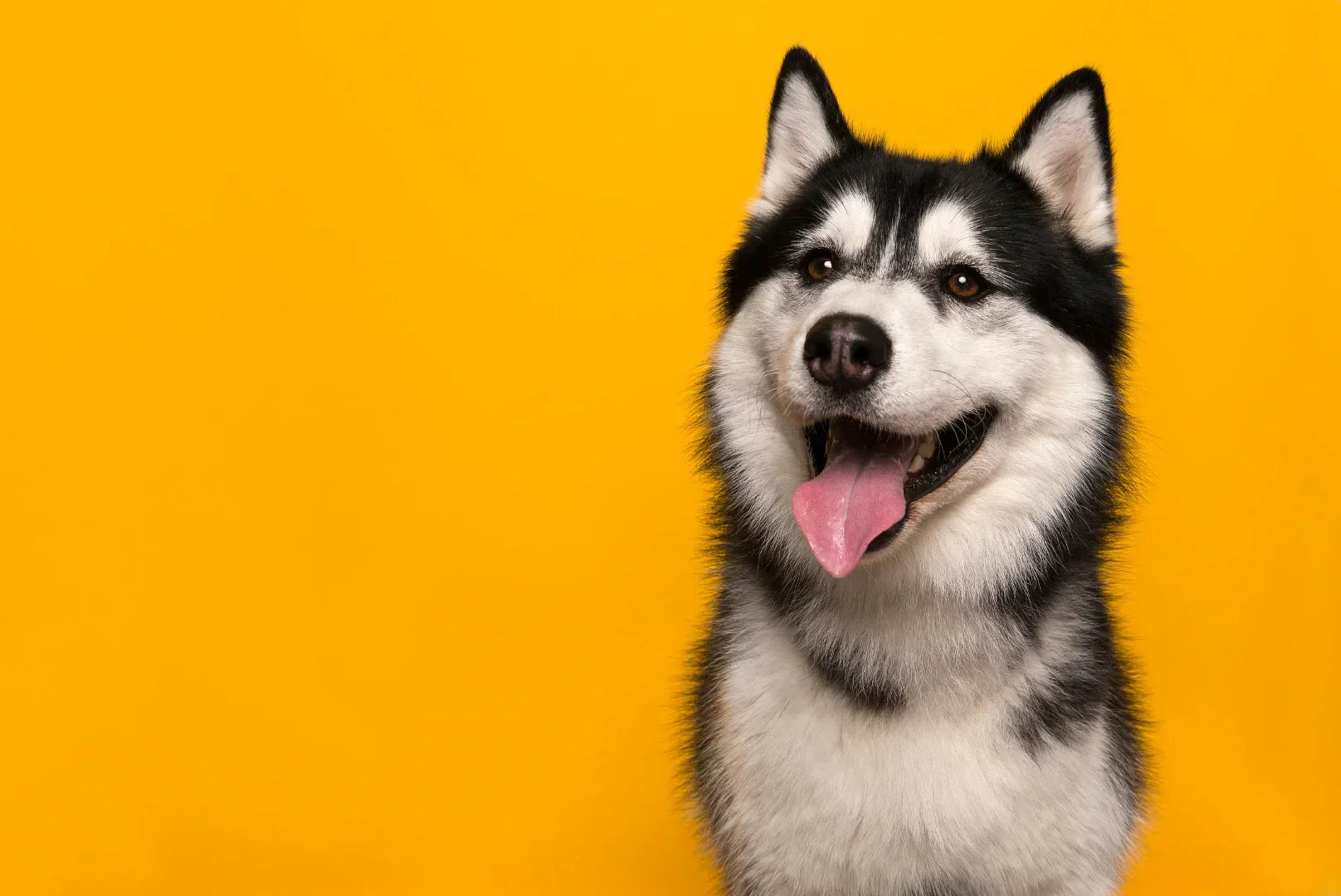


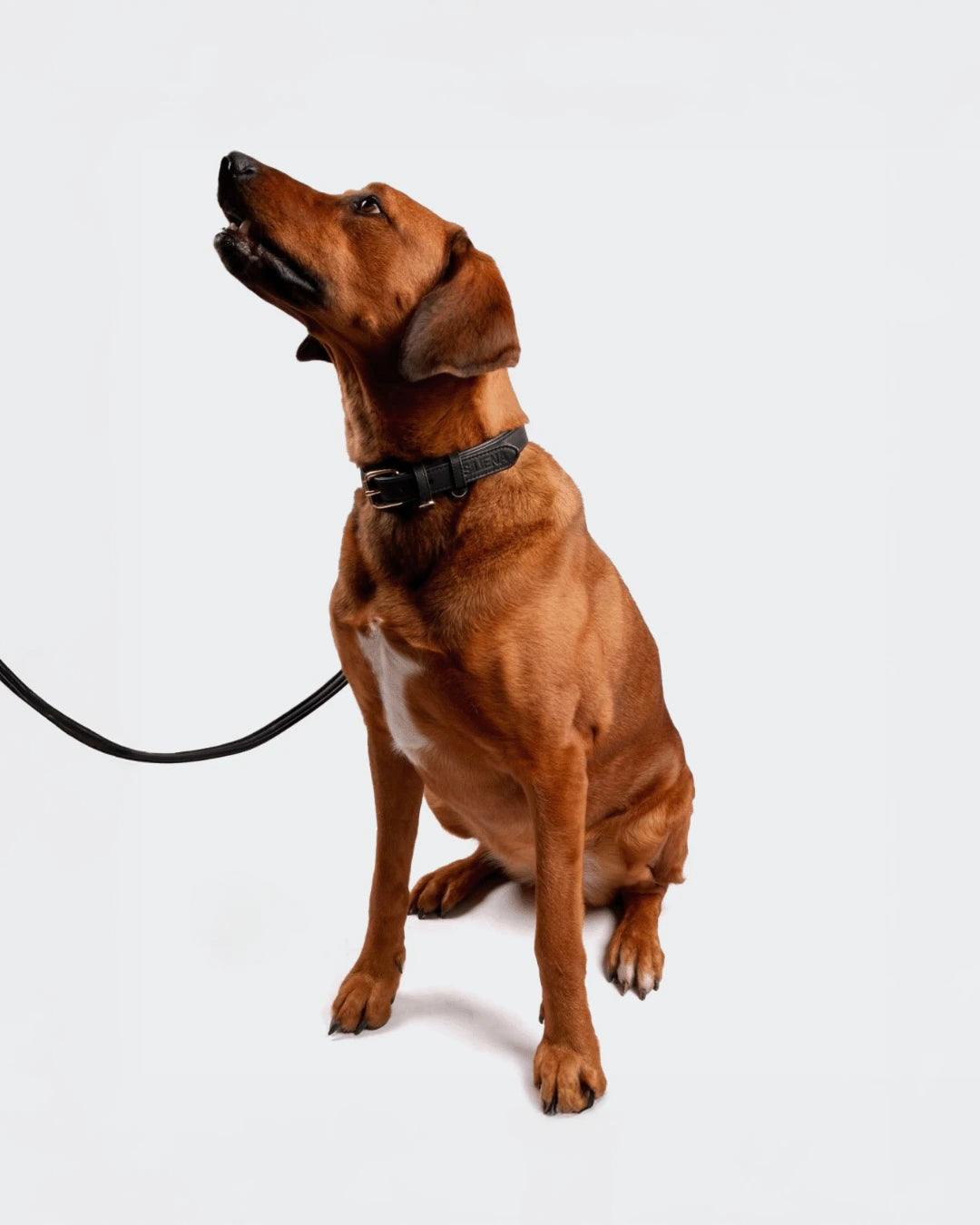
Leave a comment
This site is protected by hCaptcha and the hCaptcha Privacy Policy and Terms of Service apply.